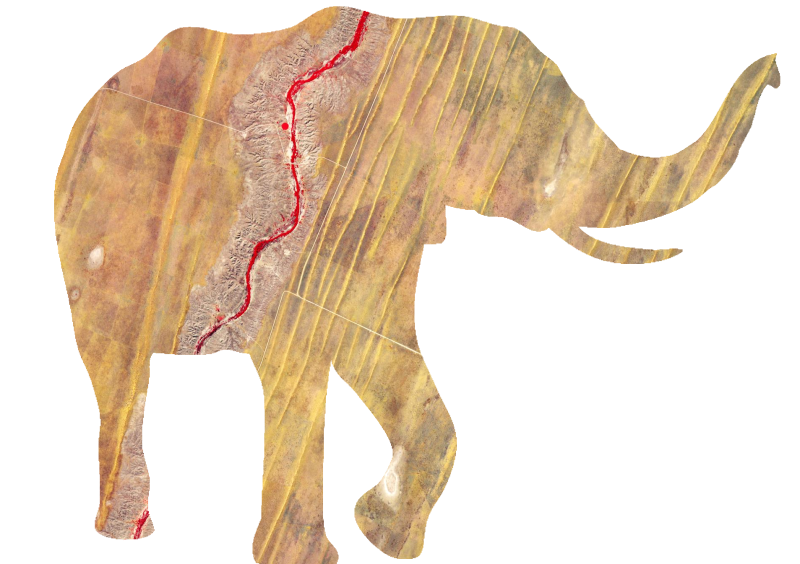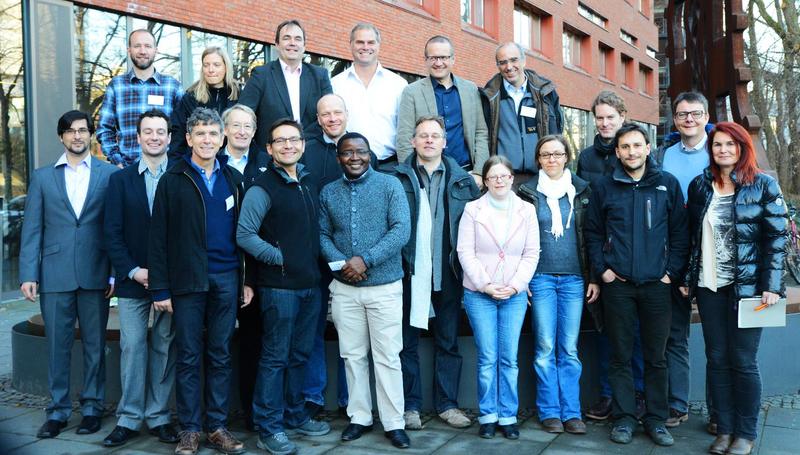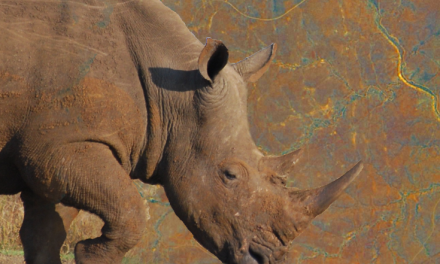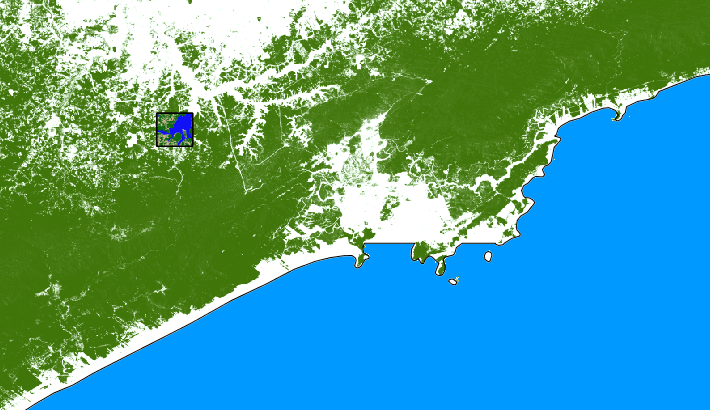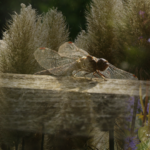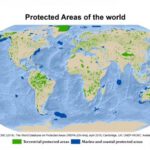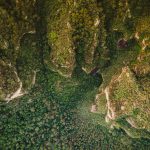Conference on Space Technology and Applications for Wildlife Management and Protecting Biodiversity
27-30 June 2016, United Nations Office at Nairobi, Nairobi, Kenya
The protection and conservation of biodiversity and ecosystems, cornerstones of sustainable environmental development, are addressed in the 2030 Agenda for Sustainable Development under Sustainable Development Goal 15 “Life on Land – to protect, restore and promote sustainable use of terrestrial ecosystems, sustainably manage forests, combat desertification, and halt and reverse land degradation and halt biodiversity loss” [4]. The focus of the present Conference is to review existing and planned space based technologies and applications for wildlife management and protecting biodiversity in support of meeting the relevant targets set out for Sustainable Development Goal 15.
Pressures resulting from climate change, ecosystems loss and wildlife crime are threatening biodiversity and wildlife around the Globe. In response to this a wide range of applications, initiatives and projects have been developed that are using space-based technologies, such as Earth Observation satellites and their geospatial data, satellite-communications and global navigation satellite systems, to monitor, assess and manage biodiversity and ecosystems in support of sustainable environmental development.
The present Conference aims to bring together stakeholders involved in biodiversity and wildlife management, including representatives of space industry, governmental and non-governmental organizations and expert communities, as well as the relevant space applications and geo-spatial experts and the users of such applications, including park rangers and wildlife managers, to share their user requirements and experience and present existing and planned space technologies and applications.
The objectives of the Conference will be to:
Present experiences with existing and planned state-of-the-art space technologies and applications that provide solutions for wildlife management (flora and fauna) and for protecting biodiversity, including for biodiversity assessments, ecosystem and wildlife habitat management, wildlife monitoring and tracking, as well as for addressing wildlife crime, by documenting and preventing poaching;
- Bring together and connect the stakeholders involved in relevant initiatives, including those with mandates responsibilities;
- Present capacity building opportunities to implement space-based solutions;
- Discuss opportunities for cooperation;
- Consider relevant legal and regulatory aspects;
- Develop observations and recommendations for the best way forward in using space based solutions for wildlife management and protecting biodiversity.
The discussions will be linked to the 2030 Agenda for Sustainable Development and to the relevant targets set out for Sustainable Development Goal 15, as well as other relevant SDGs. The observations and recommendations of the Conference will be published as a United Nations General Assembly document in all official languages of the United Nations and will be brought to the attention of relevant policy- and decision making bodies.
The discussions at the Conference will also inform the preparations towards UNISPACE+50, which will be held in 2018 mark the fiftieth anniversary of the first United Nations Conference on the Exploration and Peaceful Uses of Outer Space held in 1968 (see the information insert below).
more details at: http://www.unoosa.org/oosa/en/ourwork/psa/schedule/2016/conference_kenya_biodiversity.html
